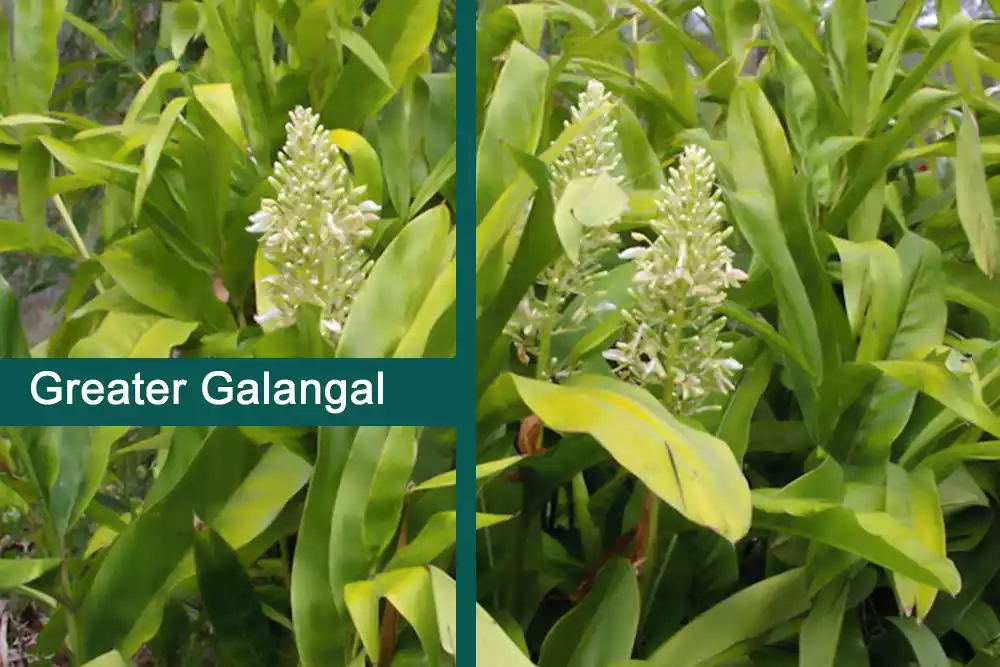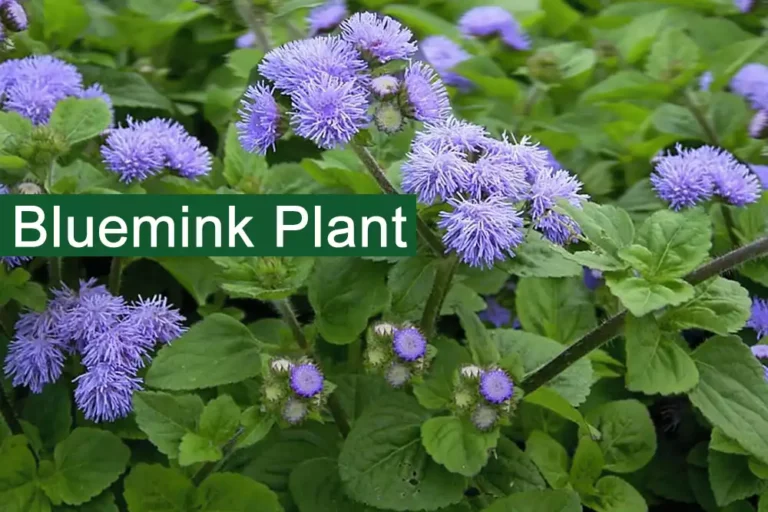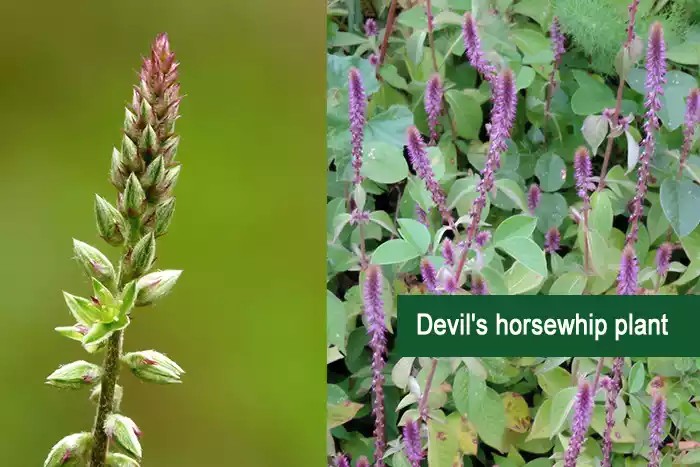Greater Galangal Plant Medicinal Uses, And Benefits
Find out the benefits and uses of the Greater Galangal plant (Kulanjan). Learn about its medicinal uses, culinary applications, and how to grow it, and more about this versatile herb with our detailed guide.
Table of Contents
Greater Galangal Plant (Kulanjan)
Greater Galangal an aromatic perennial herb, root stalk tuberous, aromatic, leaves oblong-lanceolate, acute margins. Inflorescence a terminal panicle, raceme, or spike, dense or lax, covered by 1-3 spatulate involucral bracts when immature; bracts open to base, rarely hooded, each subtending. Capsule usually globose, orange red, dry or fleshy, indehiscent or irregularly dehiscent. Seeds numerous, often angled and arillate. Rhizomes creeping and thick.
| Botanical Name | Alpinia galanga Willd |
| English Name | Greater Galangal, Siamese ginger |
| Urdu Name | Kulanjan |
| Family | Zingiberaceae |
| Habit | Perennial herb |
| Part Used | Rhizome and fruit |
| Medicinal Plants | Explore |
Distribution of the Greater Galangal (Kulanjan Plant)
The Greater Galangal plantoriginated from China, found throughout Indonesia, Malaysia, Eastern Himalayas, South-West India. It is cultivated in Pakistan.
Medicinal Uses of Greater Galangal Plant (Kulanjan)
Folk use
Kulanjan is used in the treatment of whooping colds in children, throat infections, to control incontinence and fever. The reddish-brown powder is used as a snuff for catarrh.
Tib use
Greater Galangal plant is used to treat loss of appetite, upper abdominal pain, and indigestion. It relieves spasms, fights inflammation, and has stress-relieving properties. It is particularly useful in flatulence, indigestion, nausea, vomiting, and stomach ailments, it is recommended as a remedy for seasickness.
International use
Kulanjan is used against rhizome، rheumatism, bronchial catarrh, bad breath, ulcers, and dyspepsia. This herb has a pleasant aroma, and the rhizome is used for both rheumatism and catarrhal problems. Alpina galanga is an aromatic, stimulant, stomachic cordial and carminative. It is used against nausea, flatulence and enteritis. Alpinia galanga also possesses tonic and antibacterial qualities and is used for these properties in veterinary and homeopathic medicine. The essential oil is active against gram positive and gram negative micro organisms. Greater Galangal is used as a body deodorizer and halitosis remedy In India. Galangal has been used in Europe and Asia as an aphrodisiac for centuries.
Culinary use
Use of greater galangal is confined to local Indonesian dishes such as curries. It is used in a wide variety of dishes such as sauces, soups, satays and sambals, chicken, meat and vegetable curries.
Side effects
High doses of essential oil the Greater Galangal plant may cause hallucinations. Acid-inhibiting drugs may interact with this herb due to alpinia’s increase of stomach acid.
Constituents of The Greater Galangal Plant
The root of the Greater Galangal plant contains a volatile oil, resin, galangol, kaempferid, galangin, alpinin, phoblaphenes, starch, sulphates and chlorides etc. The chemical constituents of oil are methyl cinnamate, cincole, camphor and d-pinene.
Climate and Growth Conditions
- Climate: Tropical regions.
- Rainfall: 2824 mm/year
- Temperature: Max: 30°C, Min: 15°C
- Soil: Plant prefers sandy loam soil.
- pH Range: 6.1-7.8
- Reproduction: By division of rhizome.
FAQs
-
What is the difference between galangal and greater galangal?
Galangal is a term that can refer to several types of aromatic rhizomes used in cooking and medicine. Greater Galangal (Alpinia galanga) is a specific type of galangal known for its larger size and stronger flavor compared to other types. It is commonly used in Southeast Asian cuisine and traditional medicine.
-
What are the 4 types of galangal?
The four main types of galangal are:
1-Greater Galangal (Alpinia galanga)
2-Lesser Galangal (Alpinia officinarum)
3-Chinese Galangal (Kaempferia galanga)
4-Blue Galangal (Kaempferia rotunda)
Each type has different uses and flavors. -
What is the name of Alpinia galanga in Urdu?
In Urdu, Alpinia galanga is known as Kulanjan.
-
What is galangal called in India?
In India, galangal is commonly referred to as Greater Galangal or Kulanjan.
-
What is Alpinia galanga used for?
Alpinia galanga, also known as Greater Galangal, is used for treating digestive issues, respiratory problems, and inflammation. It is also used as a spice in cooking and has antibacterial properties.
-
What does galangal do for the body?
Galangal has several benefits for the body. It helps with digestion, relieves nausea, reduces inflammation, and has antibacterial properties. It is used in traditional medicine to treat various ailments.
-
What is kulanjan used for?
Kulanjan (Greater Galangal) is used to treat digestive problems, respiratory issues, and inflammation. It is also used in cooking for its aromatic flavor and as a remedy for bad breath and nausea.
-
What is kulanjan root in English?
Kulanjan root is known as Greater Galangal root in English.
-
What is the local name of galangal?
The local names for galangal vary by region. In India, it is known as Kulanjan, while in other places, it may have different local names depending on the language and culture.







